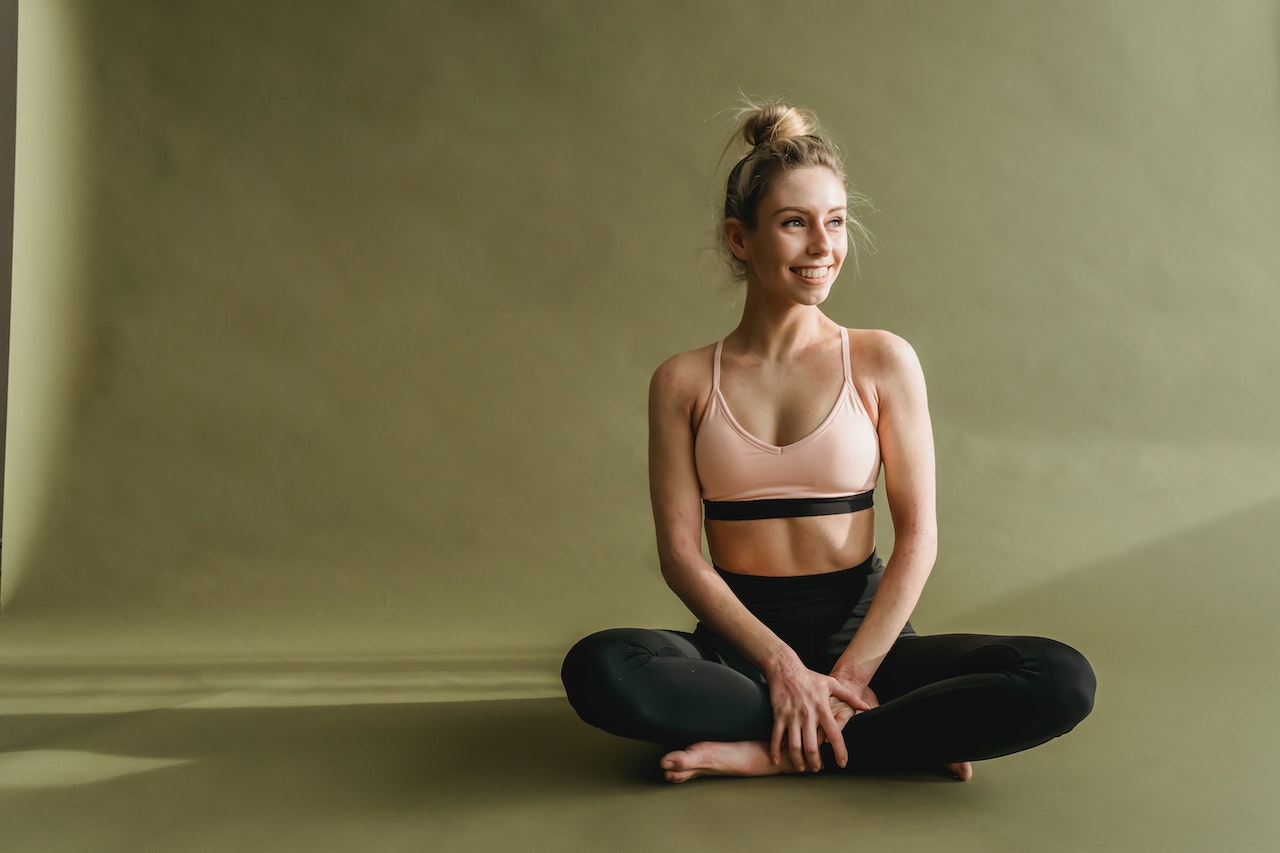Yoga, with its deep-rooted history and numerous physical and mental benefits, has become a popular practice worldwide. While many yogis swear by their trusty yoga mats, the truth is that you don’t always need a mat to enjoy the benefits of yoga. In this article, we’ll explore how to do yoga without a mat, allowing you to embrace the practice anywhere, from the comfort of your own home to serene outdoor settings.
Table of Contents
- Introduction: The Essence of Yoga Beyond the Mat
- The Benefits of Practicing Yoga Without a Mat
- Preparing Your Space: Creating a Comfortable Environment
- Navigating Different Surfaces: Grass, Sand, and Hard Floors
- Grounding Techniques: Connecting with the Earth’s Energy
- Modifying Poses: Adapting Asanas to Suit Your Surface
- Embracing the Flow: Practicing Sun Salutations Minus the Mat
- Balance and Stability: Strengthening Your Core Anywhere
- Deepening Your Practice: Mindfulness and Meditation Outdoors
- Safety First: Avoiding Slippage and Injury
- Overcoming Challenges: Embracing Discomfort and Uneven Surfaces
- Breath and Movement: Synchronizing Your Practice with Nature
- Practicing with Props: Utilizing Natural Props for Support
- Inspiring Creativity: Using Your Surroundings to Enhance Poses
- Conclusion: Embrace the Freedom of Yoga Without Boundaries
The Essence of Yoga Beyond the Mat
Yoga is a holistic practice that encompasses physical postures, breath control, meditation, and self-awareness. Its essence goes beyond the confines of a yoga mat, allowing practitioners to connect with their bodies and minds in various settings.
The Benefits of Practicing Yoga Without a Mat
- Connection to Nature: Practicing yoga outdoors without a mat allows you to feel the earth beneath you, fostering a deeper connection with nature.
- Enhanced Balance: Uneven surfaces challenge your balance and stability, helping you build strength and coordination.
- Mindfulness: Practicing on different surfaces encourages mindfulness, as you become more attuned to your body’s movements and the sensations around you.
- Flexibility and Adaptability: Practicing on various surfaces forces your body to adapt to different conditions, enhancing your overall flexibility and versatility.
Preparing Your Space: Creating a Comfortable Environment
Before you begin your practice, take a moment to prepare your space. Clear the area of any obstacles and ensure you have enough room to move freely. If practicing outdoors, choose a quiet and serene spot where you can fully immerse yourself in the experience.
Navigating Different Surfaces: Grass, Sand, and Hard Floors
Each surface presents its own challenges and benefits. Grass provides a soft and forgiving surface, sand adds an extra element of instability, and hard floors offer stability but may require additional padding for comfort.
Grounding Techniques: Connecting with the Earth’s Energy
When practicing without a mat, grounding becomes essential. Stand barefoot, focus on your breath, and visualize roots extending from your feet into the earth, allowing you to draw in the earth’s energy and stability.
Modifying Poses: Adapting Asanas to Suit Your Surface
Certain poses may need to be modified when practicing on different surfaces. For instance, in a plank pose on grass, you can perform it on your fists to prevent sinking. Adaptation is key to maintaining the integrity of your practice.
Embracing the Flow: Practicing Sun Salutations Minus the Mat
Sun salutations, a fundamental yoga sequence, can be performed smoothly without a mat. As you transition between poses, focus on the fluidity of your movements and the connection between breath and motion.
Balance and Stability: Strengthening Your Core Anywhere
Balancing poses become even more effective when practiced on uneven surfaces. Poses like tree pose or warrior III challenge your core and help you develop stability.
Deepening Your Practice: Mindfulness and Meditation Outdoors
Nature provides the perfect backdrop for mindfulness and meditation. Find a comfortable seated position and allow the sights, sounds, and sensations around you to guide your meditation practice.
Safety First: Avoiding Slippage and Injury
While practicing without a mat can be invigorating, safety should always be a priority. Choose a surface that is clean and free from debris to avoid slipping, and modify poses as needed to prevent strain or injury.
Overcoming Challenges: Embracing Discomfort and Uneven Surfaces
Practicing yoga without a mat can sometimes be uncomfortable, but these challenges are part of the journey. Embrace discomfort as an opportunity for growth, and let uneven surfaces teach you to find stability within yourself.
Breath and Movement: Synchronizing Your Practice with Nature
Breath is the foundation of yoga, and when practicing outdoors, sync your breath with the rhythm of nature. Inhale as the wind rustles the leaves and exhale as it carries your worries away.
Practicing with Props: Utilizing Natural Props for Support
Nature itself offers a variety of props for your practice. A tree can be your support for balance poses, a rock can assist in seated poses, and the ground can be your ally for grounding and stability.
Inspiring Creativity: Using Your Surroundings to Enhance Poses
Practicing without a mat encourages you to get creative with your practice. Use steps, benches, or even walls to modify poses and discover new ways to challenge yourself.
Conclusion
In a world where yoga mats have become synonymous with the practice, it’s important to remember that the essence of yoga transcends these boundaries. By embracing the practice without a mat, you open yourself to new experiences, deepen your connection with nature, and enhance your physical and mental well-being. So, roll out your mat-less practice wherever you go and discover the freedom of yoga without limitations.




